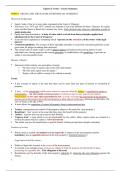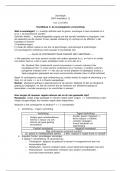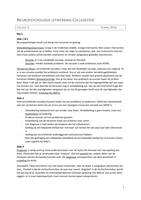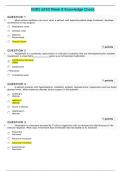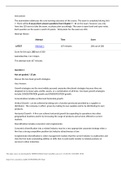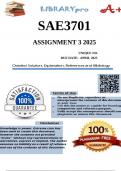Summary
Equity and Trusts - Course Summary
- Course
- Institution
Clear, precise, detailed, yet concise, Equity and Trusts summary for PDGL and SQE students. I have devoted so much time and energy to writing these notes-summaries that eventually they paid off. Not only they allowed me to pass my PDGL with a distinction, but they were key to studying for the SQE e...
[Show more]
